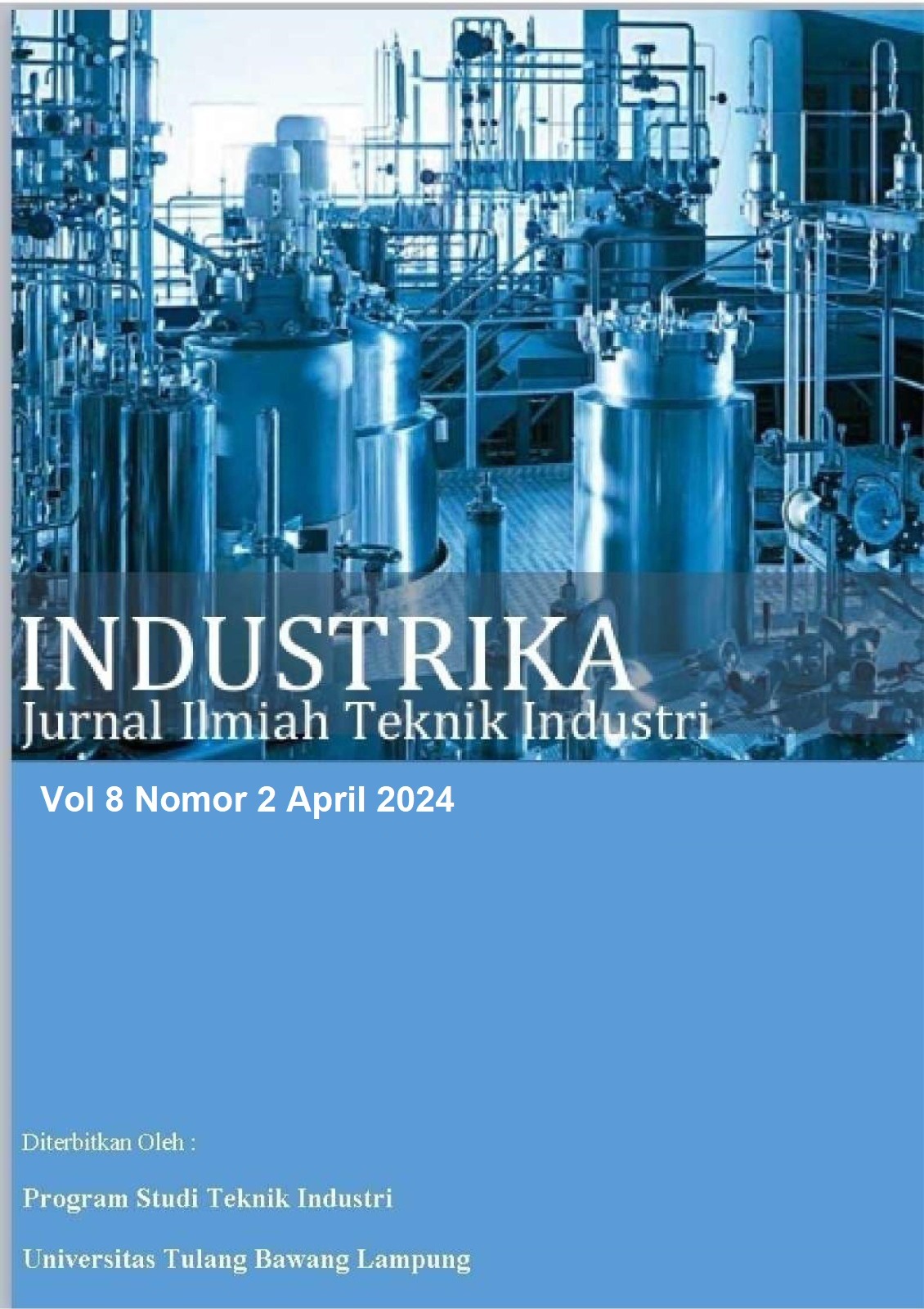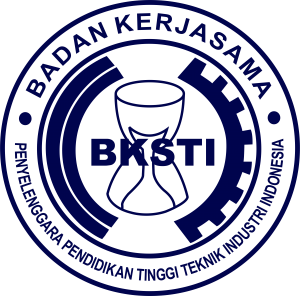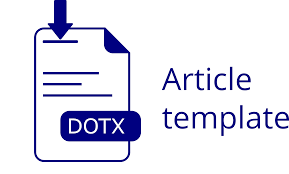Analisis Beban Kerja Mental saat Mengoperasikan Smartphone dengan Memperhatikan Postur Tubuh: Pendekatan Menggunakan Metode NASA-TLX
DOI:
https://doi.org/10.37090/indstrk.v8i2.1434Abstract
Work physiology is the study of understanding how the human body adapts and functions in the work environment. Occupational physiology involves the study of the body's physiological responses to work-related demands and stress. This understanding is necessary to protect workers' health and welfare, as well as increase work productivity and efficiency. This research aims to analyze physiological workload by focusing on measuring mental workload, using the NASA-TLX method. Research activities were carried out on 12 students from the Department of Industrial Engineering, Universitas Mataram. Students were divided into 3 groups according to their assigned work posture, namely standing (Group A), sitting (Group B), and lying down (Group C). The results showed that the order of subjects with the highest mental workload was subject 1A (78.97%) with a standing posture, 2B (77.33%) with a sitting posture, and 4A (73.57%) with a standing posture. Based on these results, the final conclusion that can be drawn is that the mental workload in standing and sitting postures is what is most felt by the subject when operating the smartphone. These results conclude that different postures when operating a smartphone can affect the user's mental workload Keywords: Mental, NASA-TLX, Posture, Smartphone, Workload.Downloads
References
Akrimah, W. D., Wardana, I. W., & Tualeka, A. R. (2023). Mental Workload and Work Factors as Predictors of Stress Levels in Port Sector Employees. The Indonesian Journal of Occupational Safety and Health, 12(1), 124–135. https://doi.org/10.20473/ijosh.v12i1.2023.124-135
Andriani, M., & Hidayat, A. (2022). Analysis of mental workload using the nasa-tlx method for production workers at PT. Dolomites Putera Tamiang. JURUTERA - Jurnal Umum Teknik Terapan, 9(02), 1–4. https://doi.org/10.55377/jurutera.v9i02.6635
Braarud, P. Ø. (2020). An efficient screening technique for acceptable mental workload based on the NASA Task Load Index—development and application to control room validation. International Journal of Industrial Ergonomics, 76, 102904. https://doi.org/10.1016/j.ergon.2019.102904
Cambier, R., Derks, D., & Vlerick, P. (2019). Detachment from Work: A Diary Study on Telepressure, Smartphone Use and Empathy. Psychologica Belgica, 59(1), 227–245. https://doi.org/10.5334/pb.477
Daniel, D., & Palullungan, D. (2022). Analisis Beban Kerja dan Lingkungan Kerja Karyawan Packing PT. X Menggunakan Workload Analyisis dan NASA-TLX. JIEMS (Journal of Industrial Engineering and Management Systems), 14(2). https://doi.org/10.30813/jiems.v14i2.3590
De Paolis, L. T., Gatto, C., Corchia, L., & De Luca, V. (2023). Usability, user experience and mental workload in a mobile Augmented Reality application for digital storytelling in cultural heritage. Virtual Reality, 27(2), 1117–1143. https://doi.org/10.1007/s10055-022-00712-9
Destiani, W., Mediawati, A. S., & Permana, R. H. (2020). The Mental Workload Of Nurses In The Role Of Nursing Care Providers. Journal of Nursing Care, 3(1). https://doi.org/10.24198/jnc.v3i1.22938
Dewi, D. C. (2020). Analisa Beban Kerja Mental Operator Mesin Menggunakan Metode NASA TLX di PTJL. Journal of Industrial View, 2(2). https://doi.org/10.26905/4881
Febiyani, A., Febriani, A., & Ma’sum, J. (2021). Calculation of mental load from e-learning student with NASA TLX and SOFI method. Jurnal Sistem Dan Manajemen Industri, 5(1), 35–42. https://doi.org/10.30656/jsmi.v5i1.2789
Fithri, P., & Syahfikri, N. (2021). Measurement of Mental Workload Against Packing Operators at UKM Roti Heppy Bakery Padang Using the NASA-TLX Method. Andalasian International Journal of Applied Science, Engineering and Technology, 1(02), 76–83. https://doi.org/10.25077/aijaset.v1i02.18
Hermansyah, M. S. A., & Handayani, N. U. (2022). NASA-TLX Assessment of Mental Workload in Manufacturing Industry. Spektrum Industri, 20(2), 1–14. https://doi.org/10.12928/si.v20i2.43
Longo, L., Wickens, C. D., Hancock, G., & Hancock, P. A. (2022). Human Mental Workload: A Survey and a Novel Inclusive Definition. Frontiers in Psychology, 13. https://doi.org/10.3389/fpsyg.2022.883321
Masuda, K., & Haga, S. (2015). Effects of Cell Phone Texting on Attention, Walking, and Mental Workload: Comparison between the Smartphone and the Feature Phone. The Japanese Journal of Ergonomics, 51(1), 52–61. https://doi.org/10.5100/jje.51.52
Ortega, C. A. C., Mariscal, M. A., Boulagouas, W., Herrera, S., Espinosa, J. M., & García-Herrero, S. (2021). Effects of Mobile Phone Use on Driving Performance: An Experimental Study of Workload and Traffic Violations. International Journal of Environmental Research and Public Health, 18(13), 7101. https://doi.org/10.3390/ijerph18137101
Ramadhani, D. S., Putri, A. S., & Ambarwati, N. F. (2023). Analysis of Mental Workload on Counter Sales Using NASA-TLX Method. Metris Jurnal Sains Dan Teknologi, 24(01), 43–48. https://doi.org/10.25170/metris.v24i01.4358
Sari, R. I. P., Setiowati, R., & Oktaviani, A. (2022). Mental Workload Analysis Using NASA-TLX Method on Customer Service Employees in Strategist Informa Social Media Division (PT Home Center Kawan Lama). NUCLEUS, 3(1), 20–26. https://doi.org/10.37010/nuc.v3i1.671
Downloads
Published
Issue
Section
License

This work is licensed under a Creative Commons Attribution-ShareAlike 4.0 International License.









